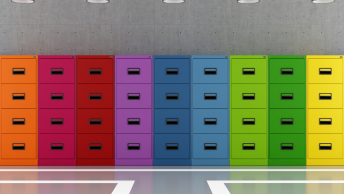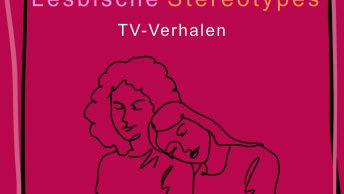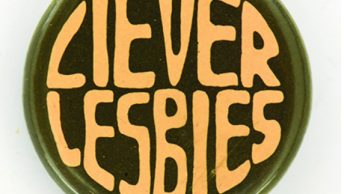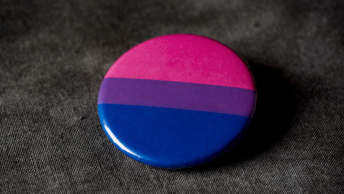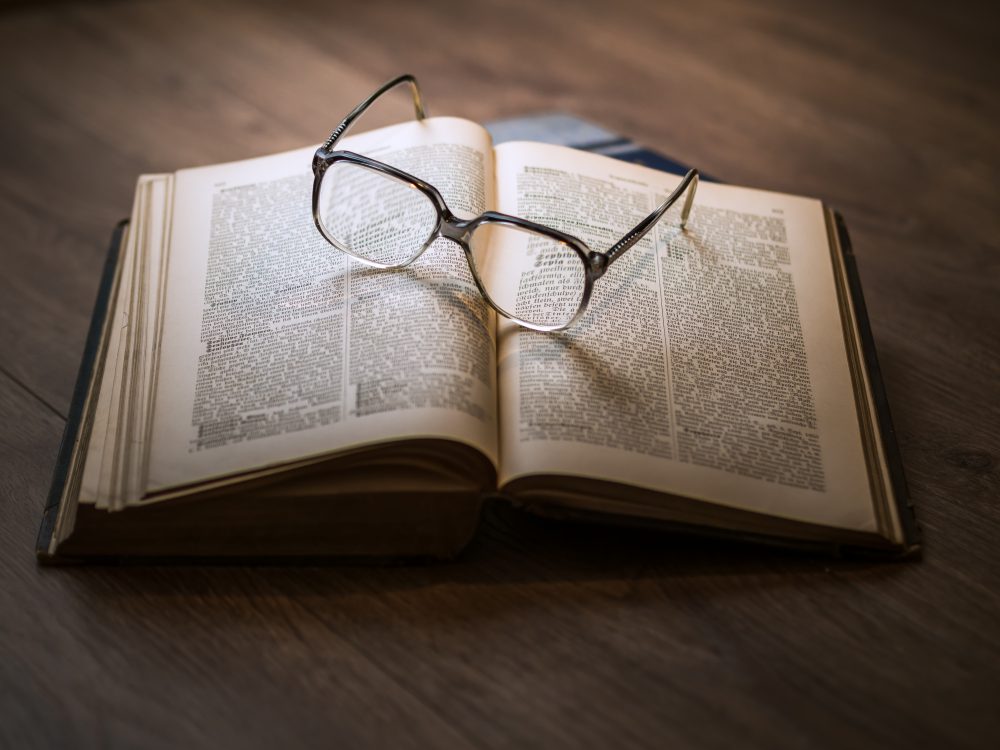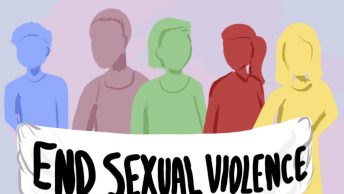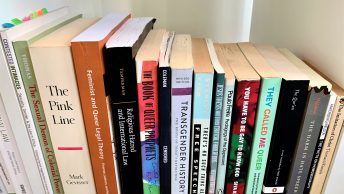The power of the mainstream
Regardless whether we think acceptance by the mainstream is something desirable or not, mainstream society’s view on sexual and gender diversity make a difference for LGBTQI* people’s daily lived experience. In my work, I show that the level of tolerance – that is, not even an embracing of sexual diversity but a mere tolerating – is directly linked with the social well-being of people in same-sex couples across Europe. The higher the average tolerance for sexual diversity is in a country, the better these couples do in comparison with mixed-sex couples in terms of positive social relationships and feelings of belonging (Fischer et al., 2016).
Yet, tolerance is at best a beginning. In the Netherlands, where tolerance is relatively high compared to some other European countries, sexual minority youth experience more problems at home during their transition to adulthood compared to heterosexual youth and young adults (Fischer & Kalmijn, 2020). In adulthood, the social networks of same-sex couples show evidence of social exclusion from family and other social circles (Fischer, 2018). If tolerance matters for people in same-sex relationships, what about sexual and gender minority people who do not fit norms of cis-heterosexual monogamy as neatly?
Scratching the surface
With my research into people who are in same-sex relationships, I merely scratch the surface of this issue. People who live in (presumably monogamous) relationships with their partners, who are often married and sometimes raise children together, are the least offensive to the heterosexist norms that exist in our societies. If this group is negatively affected by mainstream society’s views on sexual and gender diversity, this does not bode well for other people who are lumped together under the umbrella term of LGBTQI* people.
The LGBTQI* movement has never been a one-issue force. Sometimes, this gets glossed over by the idea of one LGBTQI* community rather than many communities. However, there is much diversity within and, accordingly, needs and wishes differ widely. The umbrella term conceals different levels of privilege within, for example, the unique struggles of Black, Brown and Indigenous gender non-conforming and trans* people.
The group of people who live with their same-sex partners can never stand in for the wide range of people who make up the full spectrum of gender and sexual diversity. Instead, they are the most privileged members of the marginalized group. They can be characterized as the minority elite who has access to mainstream tolerance by being non-offensive and by assimilating (Cohen, 1999; Phelan, 2001). Part of assimilation is often a strict self-policing and the policing of other less privileged group members. But what happens to those who do not have that option?
Pride was a riot
Those who have little to lose tend to fight back. And it has been exactly those who were most marginalized, specifically poor Black, Indigenous and Brown trans* people, who paved the way for all that the LGBTQI* movement has achieved today. The first Pride march following a police raid of the Stonewall Inn in New York City in 1969 was a riot of people who were fed up with being mistreated and who had very little to lose. In today’s issues of the movement – marriage equality was made possible by these riots – we do not always see the needs of the least privileged LGBTQI* people reflected.
What do we want our Pride to look like?
During the recent BlackLivesMatter protests worldwide, many have made an effort to highlight the diversity of needs within the Black and Indigenous community, for example for women and trans people. During Pride, we saw different groups from the LGBTQI* movement backing the BLM protests precisely because people understood the fundamental link between different forms of oppression.
To me, this felt like a collective reckoning. These alliances are tapping into the idea that liberation of LGBTQI* people can only happen, when all other marginalized groups are lifted up, too. Liberation on the backs of other marginalized groups is not only not acceptable but also destined to fail. Different marginalized social groups move in and out of acceptance by the mainstream depending on its current need to exclude others in order to maintain itself. We need to remember that we are only as free as the most marginalized members of society.
So, let’s ask ourselves: what do we want our pride to look like? Do we want to be tolerated despite ourselves and at the expense of other marginalized people? Or do we seek true change, where society creates room to truly accommodate and respect the reality of gender and sexual diversity?
Sources
Cohen, C. J. (1999). The Boundaries of Blackness: AIDS and the Breakdown of Black Politics. Chicago University Press.
Fischer, M. M. (2018). Free to live their lives as they wish? The social well-being gap between persons in same-sex and mixed-sex relationships in Europe. University of Amsterdam.
Fischer, M. M., & Kalmijn, M. (2020). Do Adult Men and Women in Same-Sex Relationships Have Weaker Ties to Their Parents? Journal of Family Psychology, 2(999). https://doi.org/10.1037/fam0000696
Fischer, M. M., Kalmijn, M., & Steinmetz, S. (2016). Does tolerance matter? A comparative study of well-being of persons in same-sex and mixed-sex unions across nine European countries. European Societies, 18(5), 514–534. https://doi.org/10.1080/14616696.2016.1207793
Phelan, S. (2001). Sexual strangers: Gays, lesbians and dilemmas of citizenship. Temple University Press.
Credits
Text: Mirjam M. Fischer – German Institute for Economic Research Berlin, Germany
Image: mosS bastille | IG: @stormzebastille | W: mossbastille.com
[vc_row][vc_column width=”1/6″][/vc_column][vc_column width=”2/3″][vc_column_text][/vc_column_text][/vc_column][vc_column width=”1/6″][/vc_column][/vc_row]


